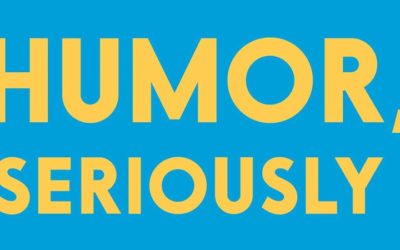Cheryl Russell
Agency Marketing
Picture it…the year was 1967. Cheryl Russell, a college freshman, is one of three female Marketing majors at California State Polytechnic University, Pomona. As she tells it, in those days if she had $100 for every time she was asked whether she was majoring in grocery stores, she could have retired years ago.
Grateful that was not the case, Cheryl has more than 40 years of experience igniting her imagination and professional expertise in every aspect of marketing communications. She’s thrived in careers as a television news director, travel consultant, nonprofit development director, and business owner.
Her creative marketing ideas increased viewership 27% at KBAK-TV (ABC), annually produced $5 million in travel sales (1981-90) and from 1991-2005 garnered over $10 million for three large Orange County nonprofits. In 2005, she established CR Productions, a projects-based business providing marketing communications services including marketing campaigns, statistical analysis, PR/media support, website content development, and creative for publications and video.
Informally, she describes herself as a word ninja, a CIO (chief imagination officer) and Thankyouologist. David Epstein, author of the New York Times bestselling book, Range, would call her a generalist who triumphs in a specialized world.
A newspaper columnist for nearly 10 years, Cheryl describes it as a written version of the late Andy Rooney’s commentary on 60 Minutes. She is also the author of four books and a feature writer for magazines. A native of Southern California, Cheryl enjoys hiking, line dancing dancing, and leading a laughter class for over 11 years at the senior community where she resides in Laguna Woods.












